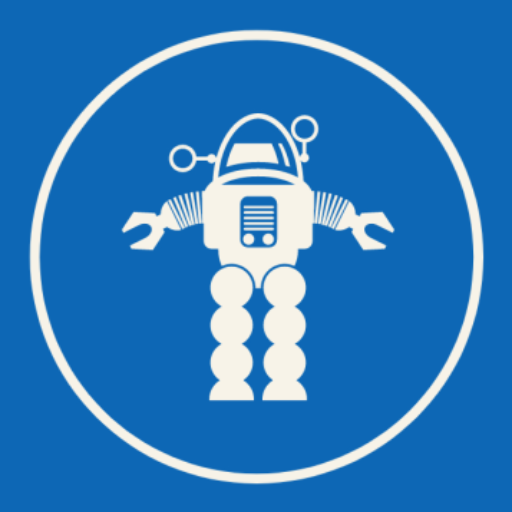Latest from MIT Tech Review – The ascent of the AI therapist
We’re in the midst of a global mental-health crisis. More than a billion people worldwide suffer from a mental-health condition, according to the World Health Organization. The prevalence of anxiety and depression is growing in many demographics, particularly young people, and suicide is claiming hundreds of thousands of lives globally each year. Given the clear…
